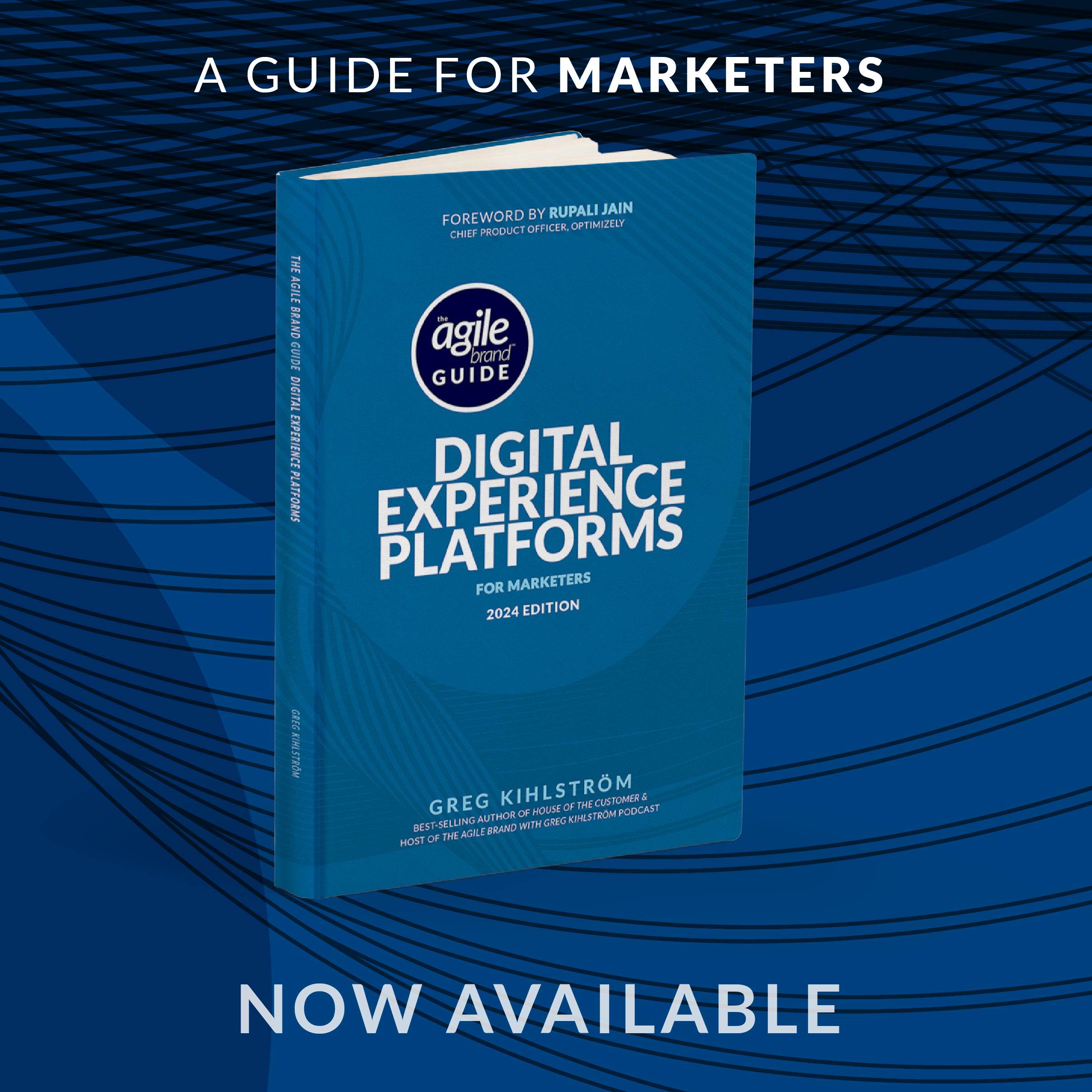This article was based on the interview with Ray Mina of Freshpaint by Greg Kihlström for The Agile Brand with Greg Kihlström podcast. Listen to the original episode here:
Creating a HIPAA-compliant marketing stack is crucial for healthcare marketers in order to protect sensitive patient health information and comply with HIPAA regulations. This is especially important in light of the expanded definition of Personal Health Information (PHI) in the HIPAA regulations that came into effect in December 2022. While this primarily impacts healthcare companies in the United States, there are lessons to be learned for marketers in any industry or locale where consumer data privacy is under increased scrutiny and regulations.
To discuss this topic, Ray Mina, Head of Marketing at FreshPaint, joins the podcast. Ray shares his background as a marketer and explains that FreshPaint is a healthcare privacy platform that helps healthcare marketers leverage consumer-facing advertising, analytics, and website experience tools in a HIPAA-compliant manner.
When it comes to creating a HIPAA-compliant marketing stack, there needs to be a mindset shift in how organizations think about privacy. Previously, privacy was mainly focused on logged-in states, where data in electronic health records (EHRs), customer relationship management (CRM) systems, and data warehouses were protected. However, there was little consideration for anonymous visitors on hospital websites who hadn’t filled out any forms or become patients yet.
To start building a HIPAA-compliant marketing stack, healthcare marketers should consider the following:
- Assess current tools and technologies: Evaluate the marketing stack to identify any potential privacy risks and gaps. Determine which tools are necessary for marketing efforts and which may need to be replaced or modified to comply with HIPAA regulations.
- Implement privacy safeguards: Ensure that appropriate privacy safeguards are in place for all marketing activities. This includes encrypting data, implementing access controls, and regularly auditing and monitoring systems for potential vulnerabilities.
- Train marketing teams: Educate marketing teams on HIPAA regulations and the importance of protecting patient health information. Provide training on how to handle and process data in a compliant manner.
- Use HIPAA-compliant tools and vendors: Choose marketing tools and vendors that have built-in HIPAA compliance features and capabilities. This includes tools for analytics, advertising, email marketing, and website optimization.
- Conduct regular risk assessments: Regularly assess and review the marketing stack to identify any new privacy risks or vulnerabilities. This will help ensure ongoing compliance with HIPAA regulations.
By following these steps, healthcare marketers can create a marketing stack that is HIPAA-compliant and protects patient health information while still allowing for effective marketing strategies. It’s important to prioritize privacy and data protection while leveraging the power of marketing technologies to deliver personalized and engaging experiences to patients and consumers.











